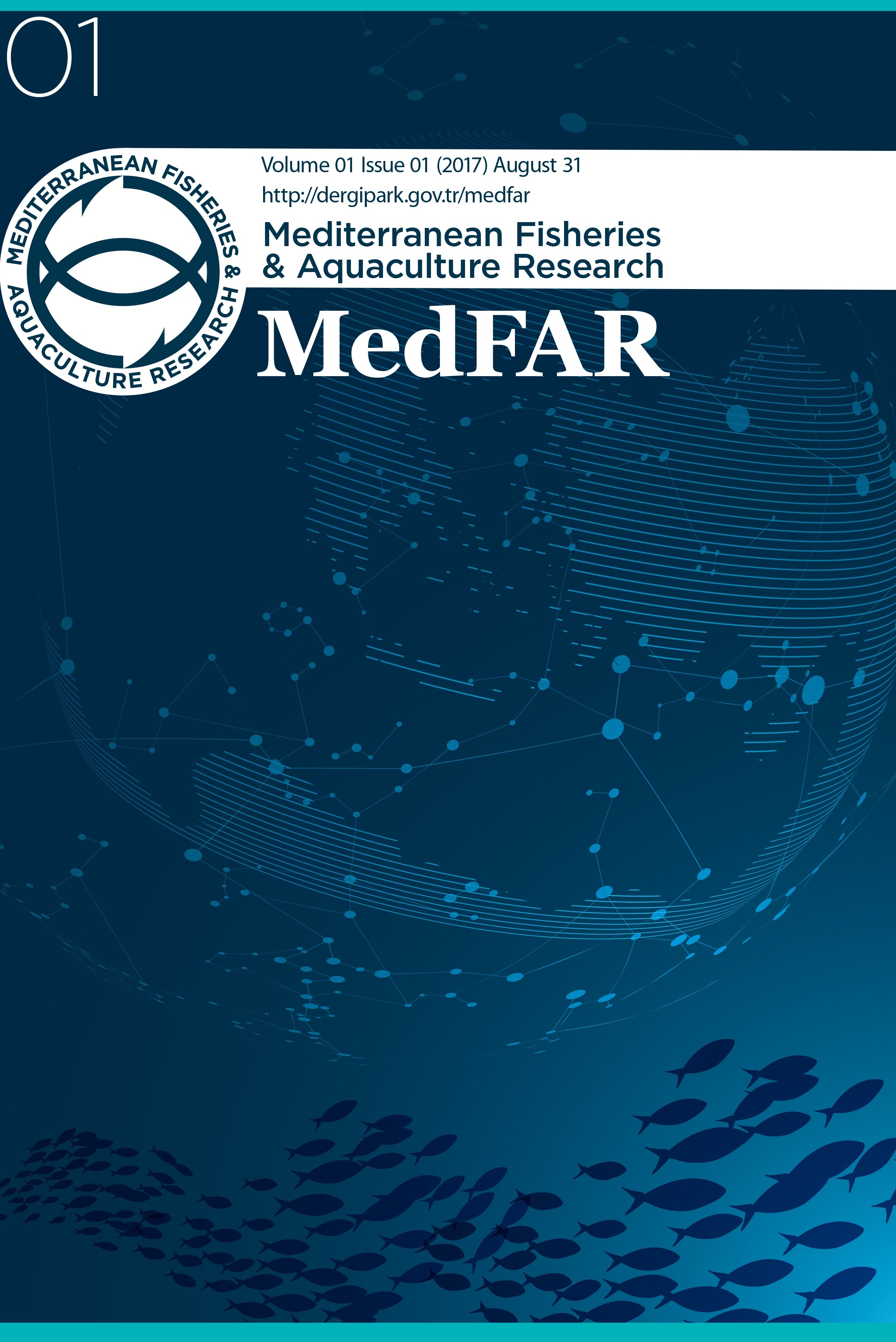
Mediterranean Fisheries and Aquaculture Research
Yazarlar: Izzat Feidi
Konular:Deniz ve Tatlı Su Biyolojisi
Anahtar Kelimeler:Aquaculture,Eygpt
Özet: The first modern semi-intensive commercial farm was built by the Government in 1961. FAO fisheries statistics for 2015 indicate that of the Egyptian total production from all sources 1.2 million tonnes (78%) are from aquaculture. Furthermore, the fisheries trade statistics show a negative balance of trade as Egypt imported in 2015 almost 500 000 tonnes of seafood commodities at the cost of US $ 768.4 million while exporting only about 32 900 tonnes valued at US $ 31.7 million causing a drain on hard currencies as well as the prices of seafood commodities in the local markets increased substantially. With a population rapidly increasing reaching 104 million people in 2017, low employment, rising fish prices, increasing imports of seafood commodities and other serious developmental activities, the Government decided to embark on large-scale integrated fin fish and shrimp aquaculture projects which aim at becoming self-sufficient, minimize imports, job creation, reduce seafood prices in the local market and export high value species to earn hard currencies. Two such major projects were recently established: One at Birkat Ghalioun in the Egyptian Nile Delta region along the Mediterranean Sea and the other is along the East Suez Canal zone. The question remains, however, if these two mega projects, when fully implemented, along with other small-scale aquaculture projects across Egypt would actually achieve the developmental objectives these projects promise as well as reduce prices of fish to local consumers?
Dergi editörleri editör girişini kullanarak sisteme giriş yapabilirler. Editör girişi için tıklayınız.